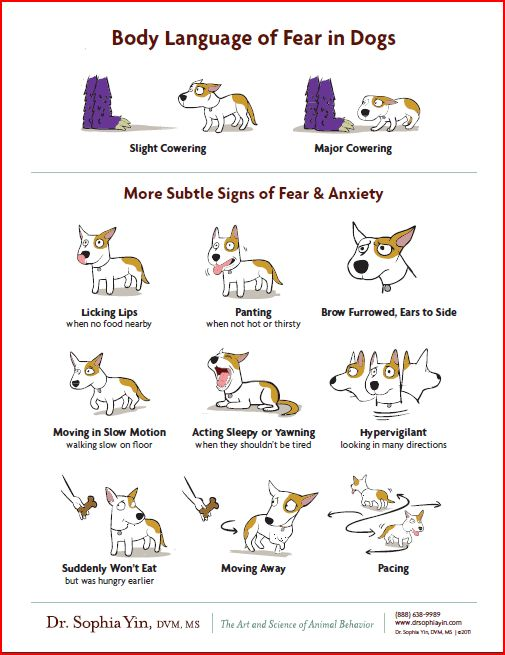
29 JanHow the “A Dog’s Purpose” scandal can help you be a better dog owner
Over the past week, many of us have perhaps seen the disturbing footage of the German Shepherd being forced to swim during the filming of a scene in the recently released film “A Dog’s Purpose.” The outrage from the clip was fast and swift; it was shared many times from many different sources via social media and has taken the attention the mainstream media. People were shocked and horrified, able to feel the intense fear that the German Shepherd seemed to be experiencing and disgusted at the nonchalant commentary of the clip’s narrator.
Since the clip, which was filmed in 2015, was released, various statements from those involved in the film have stated the slanted perspective that the clip presents. It has been noted that the German Shepherd in fact truly loved to swim and had practiced that scene in the turbulent water a number of times but from the opposite side. As we note a lot in our training classes, dogs do not tend to generalize very well so the simple change of location (in a human’s mind) from just one side to the other was much more difficult and scary for the dog leading to the disturbing clip. In the follow-up statements from those involved (Gavin Polone, a producer, and Birds and Animals Unlimited, the agency that provided the animal actors), the public have been reassured that the clip was a singular moment on the film and that while the momentary stress for dog endured was not condoned, the dog was able to continue happily filming and was not terrified of water.
None of us were on the film shoot and we may not ever know the true nature of what happened that day or the conditions for animals throughout the rest of the shooting, but this clip has provided us the opportunity to assess and take stock in the treatment of animals.
The clip spread like wildlife in part due to its association with a highly-anticipated movie and the clear stress the dog experienced that was so tangible to its viewers, but dogs are placed in similar situations every single day and there is no public outcry for these situations.
As positive reinforcement trainers, we do our best to encourage our clients to make every experience for their dog as positive as possible, building a relationship with their dog that is equal rather one of dominance and force. Almost inherent in our nature as humans, there is the idea humans are unique in their intelligence, skills and emotions. What is important to me in my day to day life with my dogs, with my clients and the variety of dogs I train is to see the constant similarities between us and dogs and less of the differences. I don’t like loud noises or being forced into situations that I don’t like so why should a dog. For me, training and living with dogs is as simple as that, valuing a dog as an equal entity and less as one that where we can force the other into certain situations to meet our needs.
For those that read the book and for those that may also see the movie, that is the crux of why the storyline is so powerful. We are placed in the mind of a dog that experiences situations and forms a relationship just as a human might. It brings attention to the fact that they are closer to us than we may believe and their experiences and feelings are truly rich and powerful.
Let us let the media storm from the clip from “A Dog’s Purpose” be a call for our attention and action to be more aware of the experiences for our dogs and animals that our parts of our lives. When looking for a trainer for your dog, there is a huge range for options from which to choose. However, just because one says they are a trainer, does not mean that their methods may be force-free. One good first step when choosing a trainer is to look for those that are certified through the Certification Council of Dog Trainers or the Karen Pryor Academy both of which requires its members to sign a code of ethics. But at the end of the day, without formal licensing or strict guidelines for trainers, the manner of the trainer with your dog may be the most important. Utilizing words and practices such as dominance, being alpha to your dog and “showing your dog who is boss” does not breed equality but disparity between our emotions and those of our dogs.
Be vigilant in your day-to-day life, mindful of your interactions with your dog and those around you. Take stock in how you may communicate about your dog and how your dog might be communicating with you. Dogs cannot tell us their feelings but they do offer us subtle hints, what trainers call displacement or stress signals. Dogs may exhibit things signals when they are trying to avoid confrontation from other dogs or if they are experiencing a situation of stress or discomfort. Did your dog meet another dog on the street and then walk away and immediately shake off? He might be have been uncomfortable being placed in that situation. Is your dog meeting someone for the first time and stiffening or moving away? Once again, he might be trying to relate that he is nervous. As trainers, we call upon owners to be conscious of these reactions and behaviors and to assess how reintroduce your dog to similar situations to help them feel comfortable.
And who knows, maybe a little more diligence towards the emotional lives of our animals will help lead to better diligence of the emotional lives of our fellow humans.






